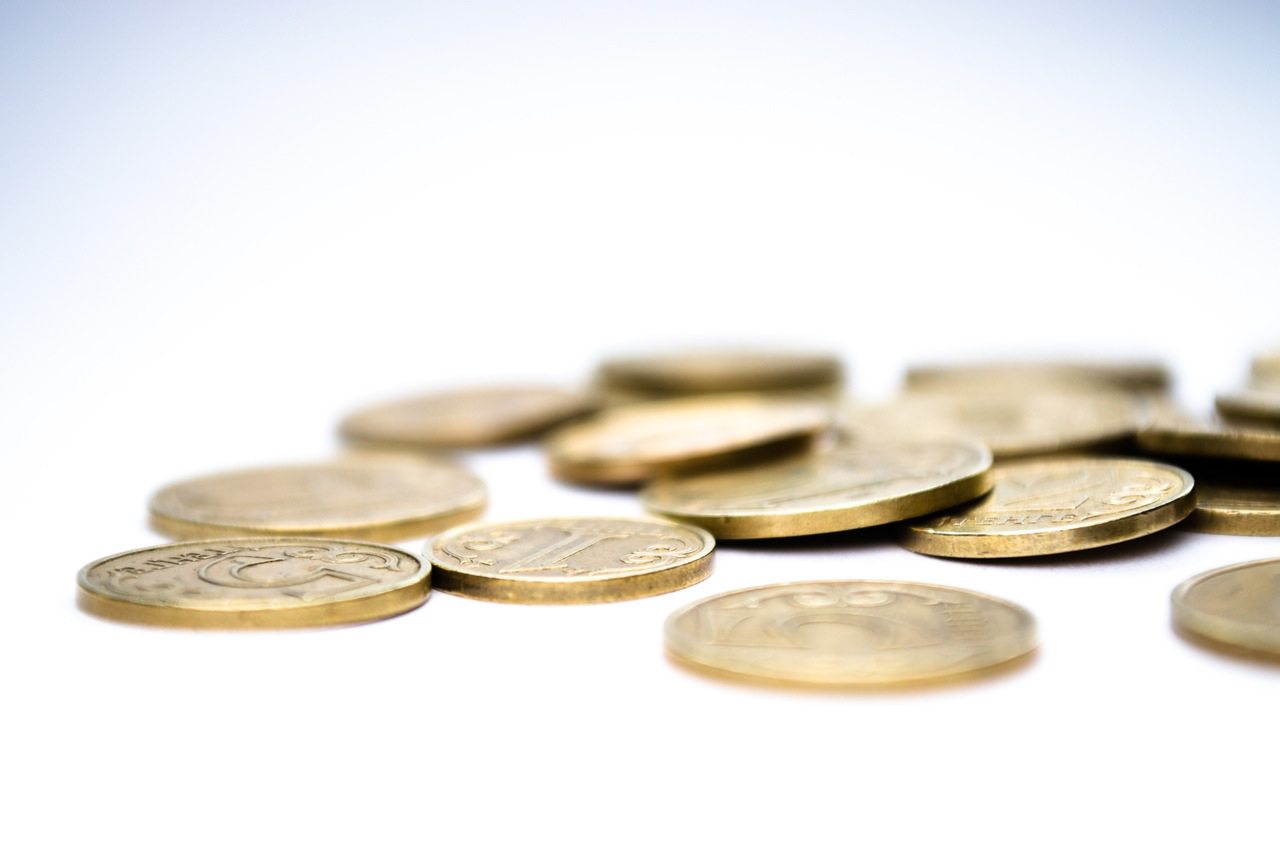Is It Disbelief to Use Money on Which Images Representing Disbelief Are Found?
Hanafi Fiqh
Answered by Ustadh Salman Younas
Question: Assalam Alaykum
If there are words of disbelief on the money of a country, or pictures that represent disbelief, are we doing anything wrong by using it?
Answer: Assalamu alaykum
This is not disbelief.
The ruling of disbelief relates to what one believes or chooses not to believe. A Muslim does not leave faith except by denying that which brought him into it in the first place, as Imam al-Tahawi mentions. Using a stamp or some currency that has pictures or symbols of the type you describe does not mean that one actually believes in what these pictures/symbols represent.
In fact, the earliest Muslims used as their currency coins that were already in circulation in the Sassanian and Byzantine empires. For example, coins dated to the year 31 A.H./652 A.D. show an Arab-Sassanian fire-altar with attendants. The same image is found on coin minted during the time of Mu‘awiya (God be well pleased with him) and his successors from the Ummayad dynasty. The fire altar, as you may know, was an important symbol in Zoroastrianism. Yet, early Muslims, which included the Companions, used coinage that depicted the fire altar for decades.
The above is merely to show that historically Muslim used such coinage and did not consider it “disbelief” to do so. Rather, as mentioned above, disbelief is a matter of the heart relating to rejecting that which one is required to believe in in order to remain a Muslim.
For more see: A Reader on Disbelief
[Ustadh] Salman Younas
Checked and approved by Shaykh Faraz Rabbani
Ustadh Salman Younas graduated from Stony Brook University with a degree in Political Science and Religious Studies. After studying the Islamic sciences online and with local scholars in New York, Ustadh Salman moved to Amman. There he studies Islamic law, legal methodology, belief, hadith methodology, logic, Arabic, and tafsir.
